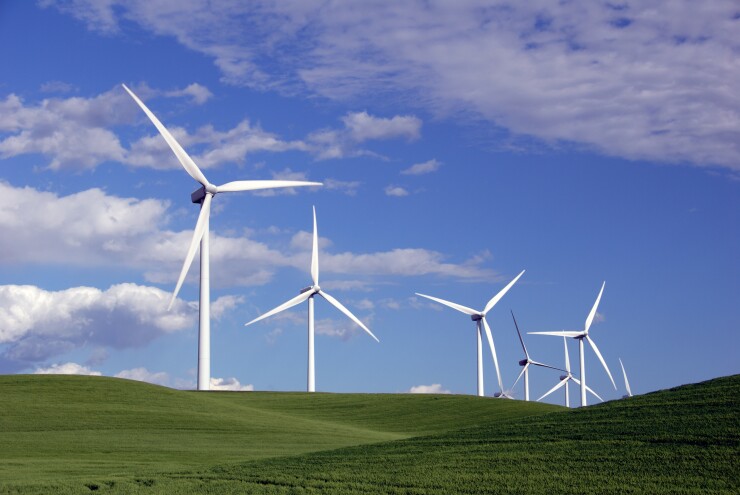The Internal Revenue Service and the Treasury Department released
The IRS predicts to receive thousands of applications from individuals, businesses and tax-exempt organizations (

The rules detail the other selection criteria for potentially eligible applicants and remind applicants that facilities put in service before an allocation aren't eligible. The guidance also spells out the disqualification and credit recapture rules specific to the program.
"One of the goals of Bidenomics is to ensure all Americans benefit from the growth of the clean energy economy," said Treasury deputy secretary Wally Adeyemo in a statement. "This new bonus incentive through the Inflation Reduction Act will drive investment to underserved communities to ensure they benefit from lower energy costs and reduced pollution and health hazards. Treasury has worked to get this program off the ground as quickly as possible, and in partnership with the Department of Energy, will be opening the application process and making awards to projects earlier than initially anticipated."
The Energy Department opened
The Low-Income Communities Bonus Credit program will allocate 1.8 gigawatts of capacity for the 2023 program across four categories of solar or wind facilities, with maximum output of less than five megawatts. The IRS plans to allocate up to 700 megawatts to facilities located in low-income communities; 200 megawatts to facilities on Native American land; 200 megawatts to facilities that are part of federally-subsidized residential buildings, including housing supported by the Low-Income Housing Tax Credit and Section 8 of the Housing Act; and 700 megawatts to facilities where at least 50% of the financial benefits of the electricity go to households with incomes below 200% of the poverty line or below 80% of area median gross income.
The application process for all four categories in the Low-Income Communities Bonus Credit program will open in the fall, and awards will start going out by the end of the year. Depending on availability, applications for the 2023 program are expected to be accepted through early next year. The Treasury previously planned to open the application process in two phases — an initial window and a rolling application process. The IRS can opt to reallocate capacity between categories in the case any category gets oversubscribed, and the unclaimed allocations will roll over into next year, when another 1.8 or more of gigawatts of capacity will be available to applicants.





